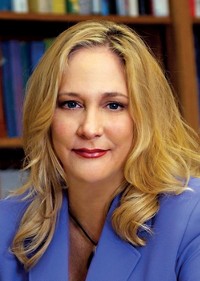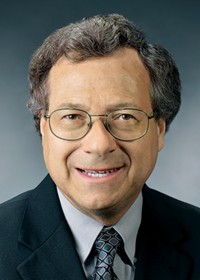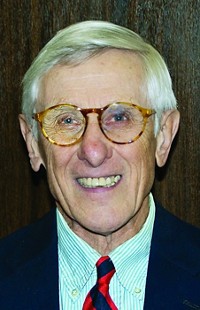Advertisement
Grab your lab coat. Let's get started
Welcome!
Welcome!
Create an account below to get 6 C&EN articles per month, receive newsletters and more - all free.
It seems this is your first time logging in online. Please enter the following information to continue.
As an ACS member you automatically get access to this site. All we need is few more details to create your reading experience.
Not you? Sign in with a different account.
Not you? Sign in with a different account.
ERROR 1
ERROR 1
ERROR 2
ERROR 2
ERROR 2
ERROR 2
ERROR 2
Password and Confirm password must match.
If you have an ACS member number, please enter it here so we can link this account to your membership. (optional)
ERROR 2
ACS values your privacy. By submitting your information, you are gaining access to C&EN and subscribing to our weekly newsletter. We use the information you provide to make your reading experience better, and we will never sell your data to third party members.
Education
ACS Award For Achievement In Research For The Teaching & Learning Of Chemistry
by Glenn Hess
March 2, 2015
| A version of this story appeared in
Volume 93, Issue 9
Sponsored by Pearson Education
Vickie M. Williamson has been at the cutting edge of chemical education research since she was a graduate student at the University of Oklahoma.
Her Ph.D. dissertation explored the effect of computer animation instructional material on the learning of beginning chemistry students, and on the kinds and numbers of misconceptions held by those students.
“Data from this study were very exciting,” says Michael R. Abraham, a professor of chemical education at Oklahoma and Williamson’s research adviser. “The resulting publication is considered a classic in the field and helped to establish the current interest in the use of computer animation to help students visualize atomic and molecular behavior.”
Williamson, an instructional assistant professor in the department of chemistry at Texas A&M University, says she chose teaching as a profession because she truly enjoys working with students.
“I have always viewed chemical education research as a quest to improve student understanding,” she remarks. “My part of the quest has focused on improving students’ understanding of the particulate nature of matter by exploring teaching techniques to encourage students to visualize particle behavior and student attributes that may impact their ability to visualize.”
Williamson views her classroom as a laboratory in which to investigate the conditions, techniques, and strategies that help students learn. “I hope that my work has encouraged the next generation of chemical education researchers and look forward to my future studies,” she says.
Williamson is the ninth recipient of ACS’s international award to recognize research contributions that involve a significant body of work rather than a single project or contribution.
“I am so honored and very humbled by this recognition,” she tells C&EN. “I owe so much to my good mentors and chemical education research colleagues on whose work I was able to build.”
Williamson received a Ph.D. in science education (chemical education) from Oklahoma in 1992. She joined the chemistry faculty at Texas A&M in 1997 after serving a number of years on the faculty at Illinois State University.
A member of Texas A&M’s First Year Chemistry Program, Williamson has balanced teaching some of the department’s largest introductory lecture courses with conducting research designed to improve the teaching and learning of chemistry, often with undergraduate research assistants.
Williamson served as a keynote speaker at the recent European Conference on Research in Chemical Education and as one of the chemical education research feature editors for the Journal of Chemical Education from 2002 to 2010. She served on the ACS Division of Chemical Education Research Committee from 2000 to 2005, subsequently chairing the committee from 2011 to 2014.
She has worked with the National Science Foundation to fund her own research and to evaluate the minigrants given at the Gordon Research Conference on Visualization, Science & Education. In addition, Williamson has worked with a number of students in her department’s former master’s of science in chemical education program, directing the chemical education research projects for the degrees and teaching graduate courses in chemical education.
She was honored with a 2014 Texas A&M Association of Former Students Distinguished Achievement Award for Teaching and has worked with nearly 20,000 undergraduate students during her 17 years at the university.
Williamson will present her award address before the Division of Chemical Education.






Join the conversation
Contact the reporter
Submit a Letter to the Editor for publication
Engage with us on Twitter